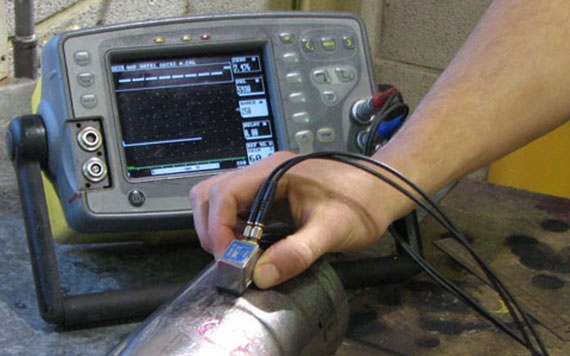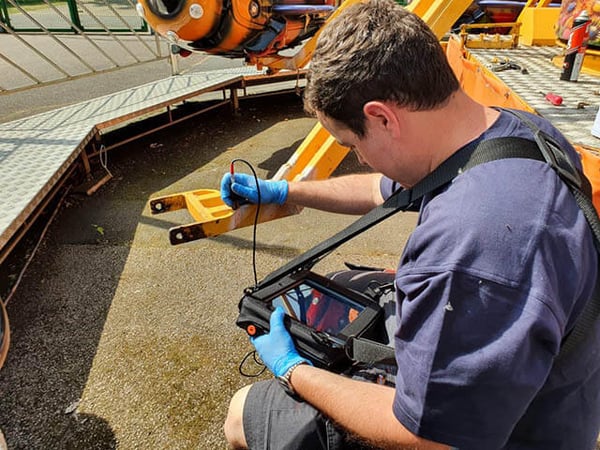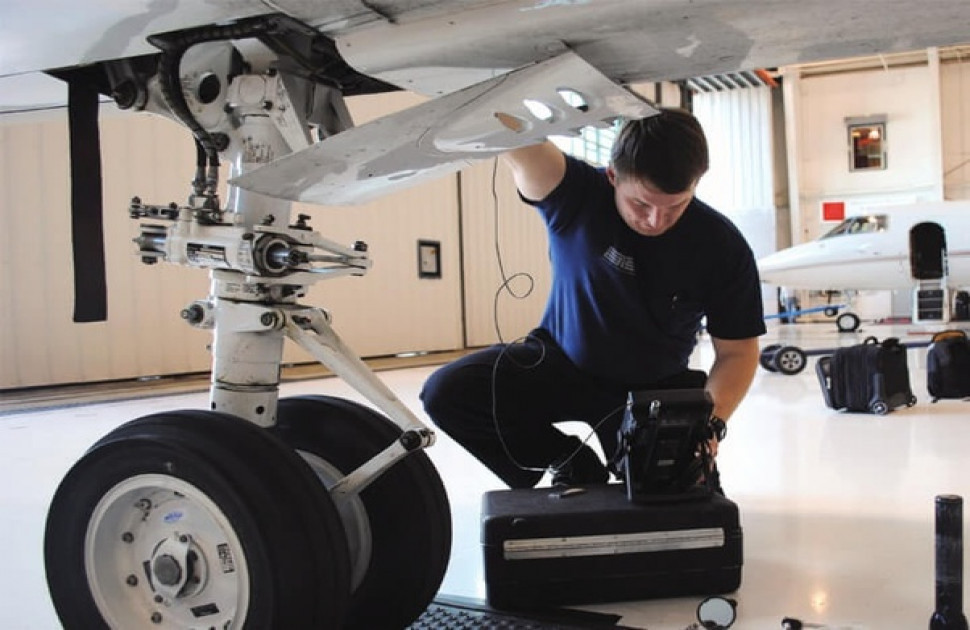In the fast-evolving world of technology, the emerging trends in frequency and synchronization are pivotal for industry quality assurance (QA) professionals. These trends are not just buzzwords; they are shaping the future of how industries optimize their processes and enhance efficiency. As we delve into these trends, its crucial to understand their implications and applications in various sectors.
The importance of frequency and synchronization cannot be overstated. They form the backbone of many technological applications, ensuring that systems operate smoothly and efficiently. From manufacturing to telecommunications, these concepts are integral to maintaining high standards of quality and performance.

The Role of Frequency in Modern Industries
Frequency, in its simplest form, refers to the rate at which a repeating event occurs over a specified period. In the context of industrial applications, frequency is critical in processes such as predictive maintenance and quality control.
The role of frequency in predictive maintenance is particularly noteworthy. By analyzing the frequency of machine operations, companies can predict potential failures and schedule maintenance before problems occur. This proactive approach not only enhances operational efficiency but also reduces downtime and maintenance costs. [Learn more about the role of frequency in predictive maintenance](https://strobox.ai/role-of-frequency-in-predictive-maintenance/) (dofollow).
Adaptive Frequency Control
One of the emerging trends is adaptive frequency control. This involves the automatic adjustment of operating frequencies to optimize performance and energy consumption. Industries are increasingly adopting this technology to improve process efficiency and reduce energy costs. [Explore adaptive frequency control in inspection](https://strobox.ai/adaptive-frequency-control-in-inspection/) (dofollow).
The Significance of Synchronization
Synchronization, on the other hand, ensures that multiple systems or components operate in harmony. This is crucial in sectors where precision and timing are critical, such as telecommunications and manufacturing.
In synchronization during calibration tests, for example, precise timing is essential to ensure that test results are accurate and reliable. This is particularly important in industries where even the smallest deviation can lead to significant consequences. [Discover synchronization during calibration tests](https://strobox.ai/synchronization-during-calibration-tests/) (dofollow).
Synchronization of Optical Inspection Devices
Another trend is the synchronization of optical inspection devices. These devices are crucial in quality assurance processes, ensuring that products meet specified standards. Synchronizing these devices enhances their accuracy and reliability, leading to better quality control outcomes. [Read about synchronization of optical inspection devices](https://strobox.ai/synchronization-of-optical-inspection-devices/) (dofollow).
Integration of Machine Learning
Machine learning is playing a pivotal role in advancing frequency and synchronization technologies. By leveraging data analytics and AI, industries can optimize operations and enhance process efficiency.
In the realm of machine learning for frequency optimization, algorithms can predict and adjust frequencies in real-time, leading to more efficient operations. This integration of AI and frequency management is transforming industries by enabling more responsive and adaptive systems. [Learn more about machine learning for frequency optimization](https://strobox.ai/machine-learning-for-frequency-optimization/) (dofollow).
Challenges and Opportunities
While the benefits of these technologies are evident, there are also challenges to consider. Implementing emerging trends in frequency and synchronization requires significant investment in technology and training. Additionally, industries must navigate the complexities of integrating these technologies with existing systems.
However, the opportunities far outweigh the challenges. By embracing these trends, industries can achieve greater efficiency, reduce costs, and enhance the quality of their products and services. [Read more about setting PM inspections](https://www.reliableplant.com/Read/28560/set-pm-inspections) (nofollow).
Conclusion
The emerging trends in frequency and synchronization are revolutionizing industries across the globe. By understanding and implementing these trends, QA professionals can play a crucial role in driving innovation and efficiency in their respective fields. As technology continues to evolve, staying abreast of these trends will be essential for maintaining a competitive edge.

FAQ Section
What are frequency and synchronization?
Frequency refers to the rate of occurrence of a repeating event, while synchronization ensures that multiple systems operate in harmony. Together, they are crucial for optimizing industrial processes.
How do these trends impact industries?
These trends enhance operational efficiency, reduce costs, and improve product quality by optimizing processes and ensuring precise coordination between systems.
What role does machine learning play?
Machine learning optimizes frequency and synchronization by analyzing data and making real-time adjustments, leading to more efficient and adaptive operations.
This article contains affiliate links. We may earn a commission at no extra cost to you.
